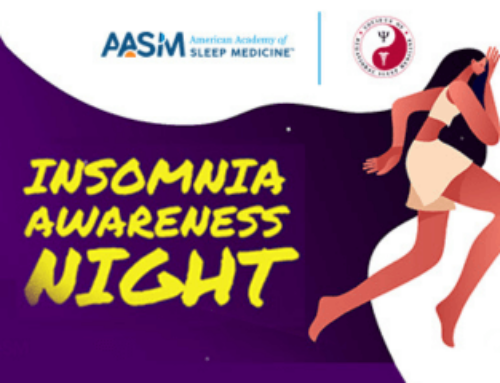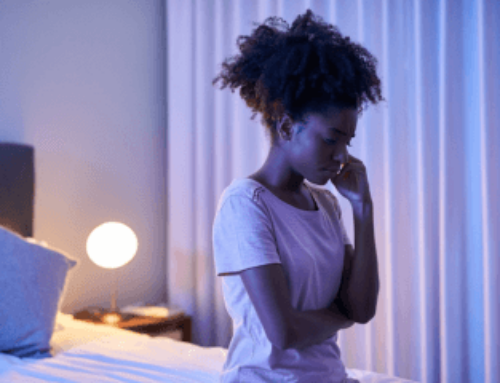DARIEN, IL – With spring quickly approaching, many in the U.S. are preparing to “spring forward” with the start of daylight saving time on Sunday, March 10. Though the loss of an hour of sleep can seem insignificant, mounting evidence reveals the dangerous and adverse effects of daylight saving time on human health and safety. The American Academy of Sleep Medicine urges policymakers to prioritize the well-being of individuals by abolishing seasonal time changes in favor of permanent standard time. The AASM is joined by members of the Coalition for Permanent Standard Time in this effort to “ditch daylight saving time” and restore permanent standard time.
“Research shows that the abrupt seasonal shift in time disrupts circadian rhythms, leading to sleep disturbances, increased fatigue and even a heightened risk of heart attacks and strokes,” said Dr. James A. Rowley, president of the AASM. “The transition period following the time change also sees a spike in workplace accidents, road accidents and medical errors due to sleep deprivation and cognitive impairment.”
According to survey data from the AASM, 64% of U.S. adults have expressed a desire to replace seasonal time changes with a national, fixed, year-round time. For years, legislators and medical experts have also discussed eliminating all time changes, and in 2022, the Senate passed the Sunshine Protection Act, which seeks to establish permanent daylight saving time in the U.S. However, permanent daylight saving time would shift the clock time of sunrise, causing it to remain dark later in the morning, especially during the winter months when the days are shorter. These long, dark mornings make it difficult to wake up for school and work and jeopardize the safety of children waiting at the bus stop and walking to school.
“The adoption of a fixed, year-round time would help us prioritize sleep health and align our daily schedules with the natural rhythms of our bodies – but that time should be standard time,” Rowley emphasized. “Standard time matches our body’s internal clock and provides a better opportunity to get the right duration of high-quality, restful sleep on a regular basis, which improves our physical and mental well-being.”
Many Americans will struggle with how to manage the switch to daylight saving time this March. To minimize fatigue and sleepiness associated with the “spring forward,” the AASM recommends the following:
- Get at least seven hours of sleep per night before and after the time change. Maintaining a consistent sleep routine is crucial.
- Gradually adjust bedtimes and rise times by shifting them 15-20 minutes earlier each night a few nights before the time change.
- Adjust the timing of daily routines that are “time cues” for your body, such as your mealtimes or exercise schedule.
- Set clocks ahead one hour in the early evening on March 9 and then go to sleep at your normal bedtime that evening.
- Head outdoors for early morning sunlight the week after the time change, as the bright light will help set your internal clock to the new time. This helps regulate sleep and alertness.
The founding organizational members of the Coalition for Permanent Standard Time are the AASM, National Sleep Foundation, Save Standard Time, Sleep Research Society and Society for Research on Biological Rhythms. For more information about daylight saving time and to find additional resources from the AASM about sleep disorders, treatments and sleep health, visit SleepEducation.org.
# # #
About the American Academy of Sleep Medicine
Established in 1975, the AASM advances sleep care and enhances sleep health to improve lives. The AASM has a combined membership of 12,000 accredited sleep centers and individuals, including physicians, scientists and other health care professionals who care for patients with sleep disorders. As the leader in the sleep field, the AASM sets standards and promotes excellence in sleep medicine health care, education, and research.





